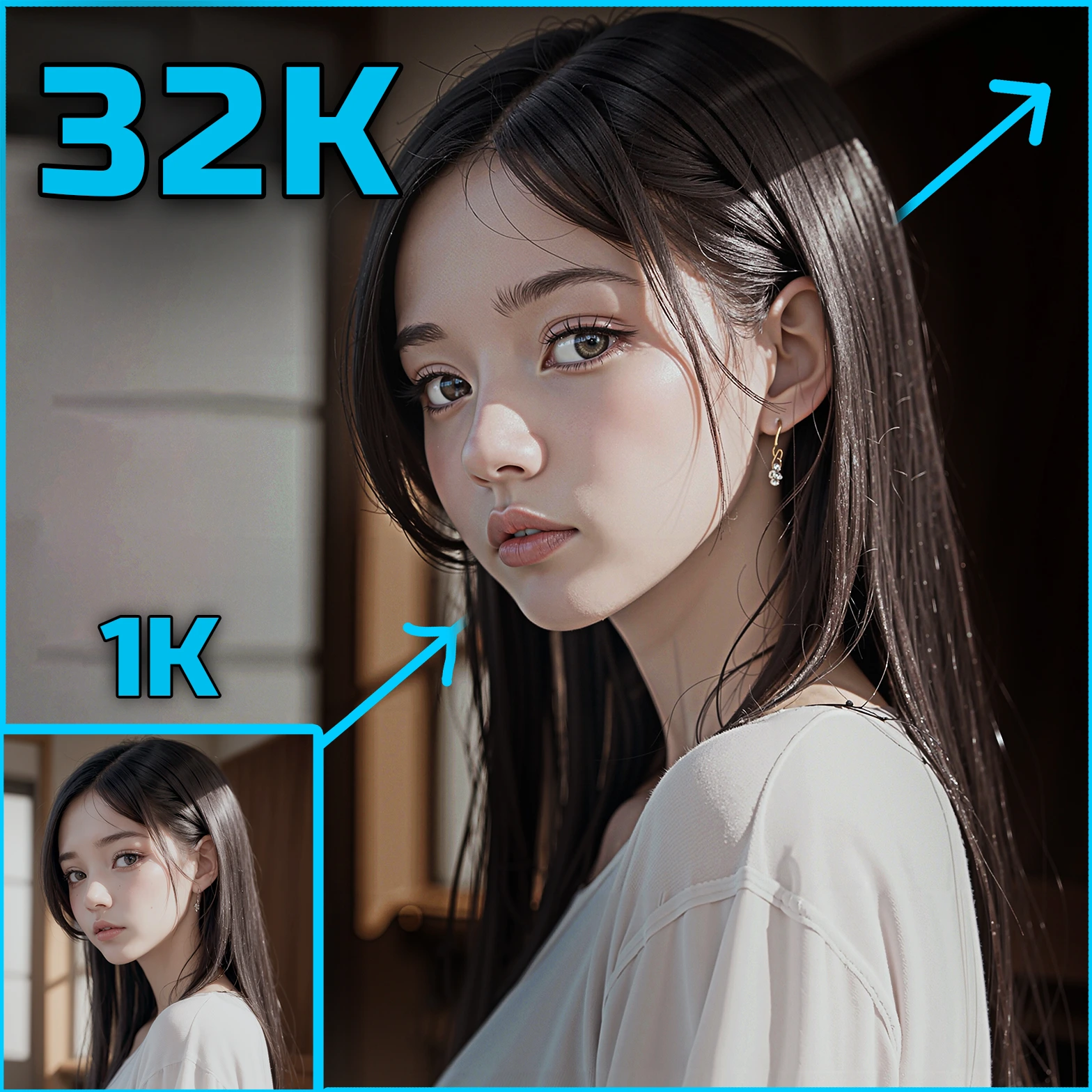ComfyUI Node: OpenDiT Sampler
OpenDiTSampler
CategoryOpenDiTWrapper
kijai (Account age: 2467days) Extension
ComfyUI-OpenDiTWrapper Latest Updated
2024-07-03 Github Stars
0.04K
How to Install ComfyUI-OpenDiTWrapper
Install this extension via the ComfyUI Manager by searching for ComfyUI-OpenDiTWrapper- 1. Click the Manager button in the main menu
- 2. Select Custom Nodes Manager button
- 3. Enter ComfyUI-OpenDiTWrapper in the search bar
Visit ComfyUI Online for ready-to-use ComfyUI environment
- Free trial available
- 16GB VRAM to 80GB VRAM GPU machines
- 400+ preloaded models/nodes
- Freedom to upload custom models/nodes
- 200+ ready-to-run workflows
- 100% private workspace with up to 200GB storage
- Dedicated Support
OpenDiT Sampler Description
Facilitates sampling in AI art creation by generating diverse, high-quality latent samples for image decoding.
OpenDiT Sampler:
The OpenDiTSampler node is designed to facilitate the sampling process within the OpenDiT framework, which is a tool used for generating and manipulating latent representations in AI art creation. This node plays a crucial role in the diffusion process, where it helps in generating samples from a given model by iterating through a series of steps. The primary goal of the OpenDiTSampler is to provide a streamlined and efficient way to produce high-quality latent samples that can be further decoded into images. By leveraging advanced sampling techniques, this node ensures that the generated samples are both diverse and representative of the underlying model's capabilities, making it an essential component for AI artists looking to explore and create unique visual content.
OpenDiT Sampler Input Parameters:
model
This parameter specifies the model to be used for sampling. The model is a pre-trained neural network that has learned to generate or transform data in a specific way. The quality and characteristics of the generated samples heavily depend on the chosen model.
seed
The seed parameter is an integer value that initializes the random number generator used in the sampling process. By setting a specific seed, you can ensure reproducibility of the generated samples. The default value is 0, with a minimum of 0 and a maximum of 0xffffffffffffffff.
steps
This parameter defines the number of steps to be taken during the sampling process. More steps generally lead to higher quality samples but also increase the computation time. The default value is 20, with a minimum of 1 and a maximum of 10000.
cfg
The cfg (classifier-free guidance) parameter is a float value that controls the strength of the guidance applied during sampling. Higher values result in samples that more closely follow the model's learned distribution. The default value is 8.0, with a minimum of 0.0 and a maximum of 100.0, adjustable in steps of 0.1.
sampler_name
This parameter allows you to choose the specific sampling algorithm to be used. Different samplers can produce different types of samples, and the choice of sampler can affect the diversity and quality of the results.
scheduler
The scheduler parameter specifies the scheduling strategy for the sampling steps. Different schedulers can influence the progression and convergence of the sampling process.
positive
This parameter provides positive conditioning information to guide the sampling process. It helps in steering the generated samples towards desired characteristics or features.
negative
This parameter provides negative conditioning information to guide the sampling process. It helps in steering the generated samples away from undesired characteristics or features.
latent_image
The latent_image parameter is a latent representation that serves as the starting point for the sampling process. It is transformed through the sampling steps to produce the final output.
denoise
The denoise parameter is a float value that controls the amount of denoising applied during the sampling process. Higher values result in cleaner samples. The default value is 1.0, with a minimum of 0.0 and a maximum of 1.0, adjustable in steps of 0.01.
OpenDiT Sampler Output Parameters:
LATENT
The output of the OpenDiTSampler node is a latent representation, which is a high-dimensional vector that encodes the generated sample. This latent representation can be further decoded into an image or used in subsequent processing steps. The quality and characteristics of the output latent depend on the input parameters and the model used.
OpenDiT Sampler Usage Tips:
- Experiment with different seed values to explore a variety of generated samples and find the most interesting or suitable ones for your project.
- Adjust the number of steps to balance between sample quality and computation time. More steps generally yield better results but take longer to compute.
- Use the cfg parameter to fine-tune the guidance strength. Higher values can produce more coherent samples but may reduce diversity.
- Try different samplers and schedulers to see how they affect the generated samples. Some combinations may work better for specific types of content.
OpenDiT Sampler Common Errors and Solutions:
"Model not found"
- Explanation: The specified model could not be located or loaded.
- Solution: Ensure that the model path is correct and that the model file exists. Verify that the model is compatible with the OpenDiTSampler node.
"Invalid seed value"
- Explanation: The seed value provided is outside the acceptable range.
- Solution: Check that the seed value is within the range of 0 to 0xffffffffffffffff and adjust it accordingly.
"Steps out of range"
- Explanation: The number of steps specified is either too low or too high.
- Solution: Ensure that the steps parameter is set between 1 and 10000. Adjust the value to fall within this range.
"Invalid cfg value"
- Explanation: The cfg parameter is set to a value outside the acceptable range.
- Solution: Verify that the cfg value is between 0.0 and 100.0 and adjust it if necessary.
"Latent image not provided"
- Explanation: The latent_image parameter is missing or invalid.
- Solution: Ensure that a valid latent representation is provided as input to the node. Verify the format and compatibility of the latent image.
OpenDiT Sampler Related Nodes
RunComfy is the premier ComfyUI platform, offering ComfyUI online environment and services, along with ComfyUI workflows featuring stunning visuals. RunComfy also provides AI Models, enabling artists to harness the latest AI tools to create incredible art.


